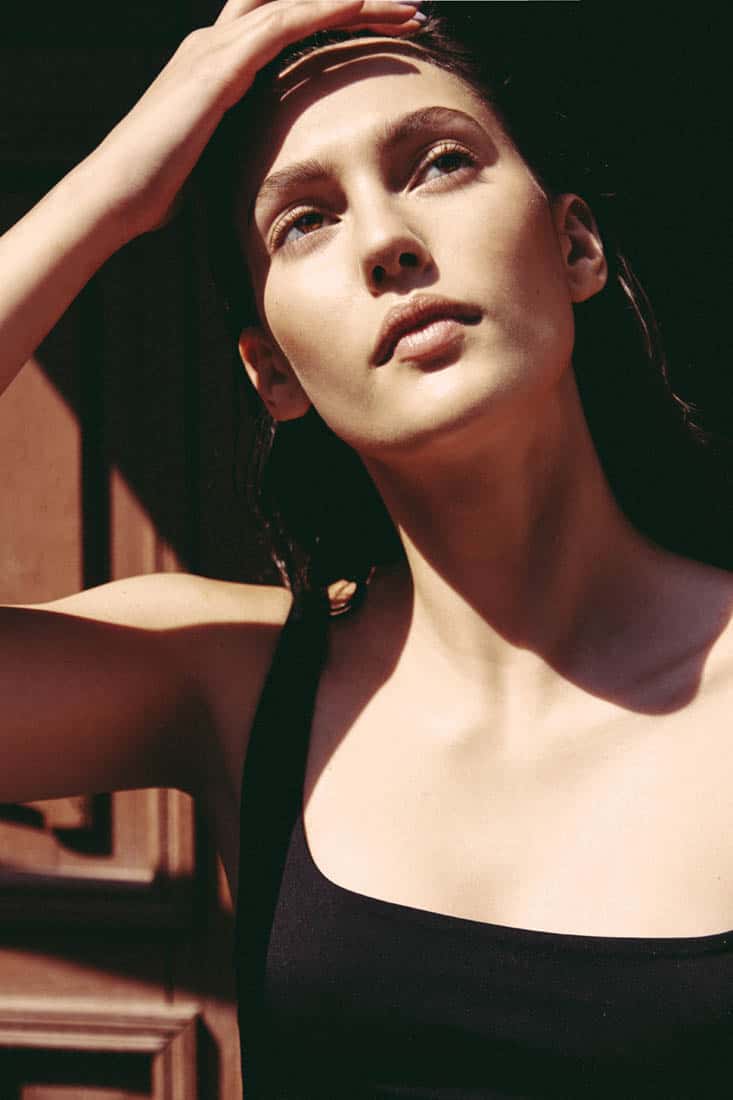- About
- By Concern
- Treatments
INJECTABLES & THREAD LIFT

As we age, it’s natural for our skin to produce less collagen and hyaluronic acid, leading to a loss of volume in different areas of the face, causing a loose, ‘sagging’ effect. This acid is the main ingredient in the most common fillers, making the treatment simply about restoring the soft tissue’s natural composition.
Dermal fillers are injected to replace the lost volume in the face to non-surgically enhance your natural features, giving you a more youthful appearance. They can also be used to subtly contour the cheekbones, correct small or recessed chins or to straighten the jawline.


Dermal fillers can restore volume to areas of the face and non-surgically enhance your natural shape. Fillers can also be used to subtly contour the cheekbones and correct small or recessed chins.
Common areas for treatment include lips, cheeks, eye bags or tear troughs, forehead, brows (also known as a brow lift) nose, nasolabial folds (smile lines), marionette lines, jowls, chin and jawline. They can also be used to correct the skeletal appearance of the eye socket.
Dermal fillers are licensed to last up to 18 months depending on the type of filler used. Longevity also depends upon the area treated. The less mobile the area, the longer the treatment will last.
We use ice and inject local anaesthetic to the entry points used to treat the face. The fillers we use also have local anaesthetic in them – all of which seek to minimise any pain from the treatment.
Arrive for your appointment wearing no makeup if possible. You will be able to apply makeup after your treatment although we recommend waiting at least 24 hours.
Dermal fillers contain local anaesthetic to minimise discomfort and clients tend to find the procedure very tolerable. Mostly, we use a technique that utilises a cannula (a blunt ended ‘needle’) rather than a standard needle.
This significantly reduces the amount of swelling and bruising caused so that downtime in many cases can be minimal, allowing for a lunchtime treatment with a return back to work straight after the appointment. The amount of filler required usually varies between 1ml and 3ml per area. We will discuss your requirements in-depth with you prior to treatment.